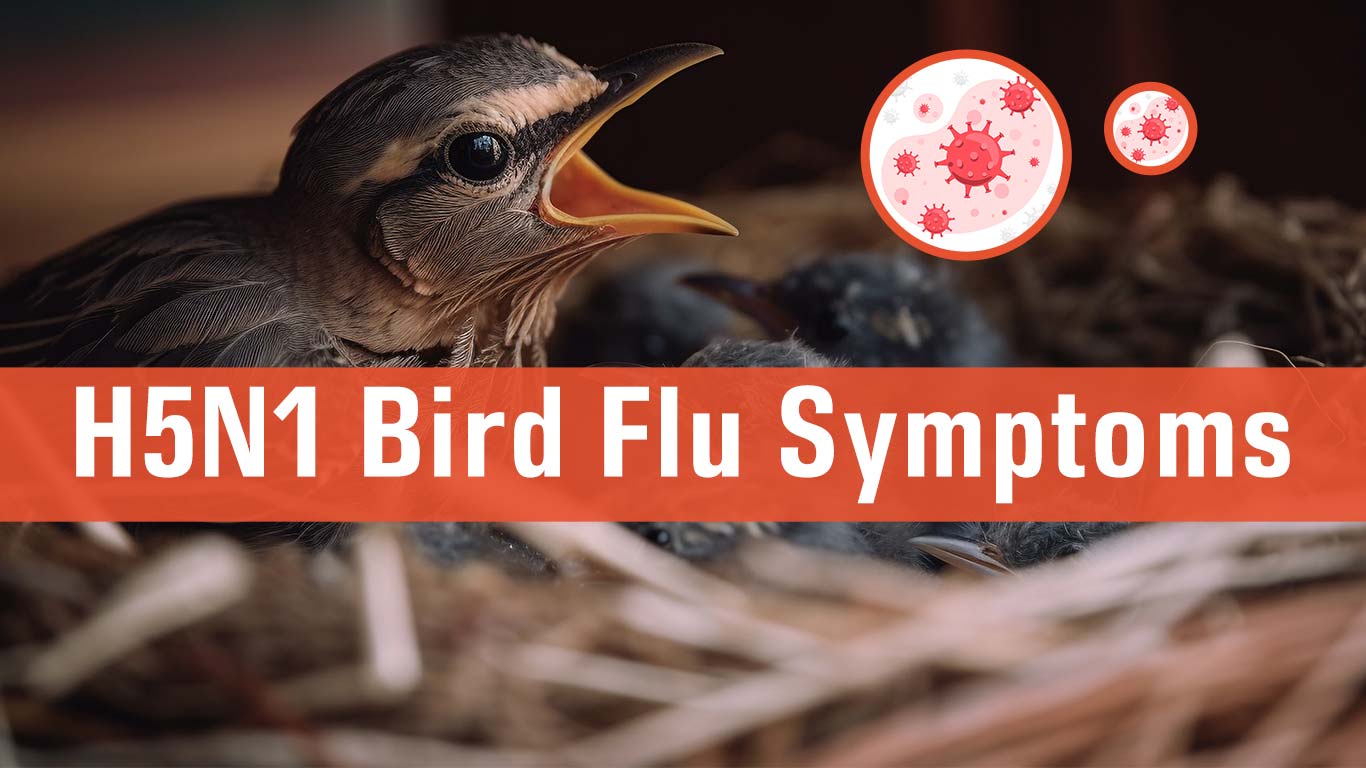H5N1 Bird Flu Early Signs And Symptoms In Detail
Sophia Loren (Author) Published Date : Apr 06, 2024 12:04 ISTWorld News
On Friday, the U.S. CDC issued a health alert to notify clinicians, state health departments, and the public about a case of avian influenza in a person who had contact with dairy cows presumed to be infected with the virus.
To prevent infection from the virus, the CDC recommends using personal protective equipment (PPE), testing, antiviral treatment, investigating patients, and monitoring individuals exposed to sick or dead wild and domesticated animals, as well as livestock that may have been infected with the virus. Experts have warned that this is a fever that can spread much faster and 100 times worse than Covid 19.
Certainly! Here are the signs and symptoms of H5N1 bird flu:
Early Signs and Symptoms:
- Elevated Temperature: Typically exceeding 38°C (100.4°F), indicating fever.
- Onset of Cough: Initially dry and may progressively worsen over time.
- Throat Discomfort: Characterized by pain or discomfort, which can impede swallowing.
- Muscle Discomfort: Manifesting as general body aches and pains.
- Headache Variation: Ranging from mild discomfort to severe intensity.
- Initial Respiratory Issues: Mild breathing difficulties in the early stages that can rapidly deteriorate.
Advanced Stage Signs and Symptoms:
- Development of Pneumonia: This is marked by increased difficulty in breathing, rapid breathing, or audible wheezing.
- Emergence of Acute Respiratory Distress Syndrome (ARDS): A severe manifestation of respiratory failure.
- The onset of Gastrointestinal Symptoms: Unlike typical influenza, H5N1 infection can lead to diarrhoea.
- Occurrence of Vomiting: Often accompanying other gastrointestinal symptoms.
- Presence of Bleeding: In severe cases, bleeding from the nose and gums may occur.
- Neurological Changes: Although rare, there may be instances of encephalitis (inflammation of the brain), resulting in seizures or alterations in mental state.




